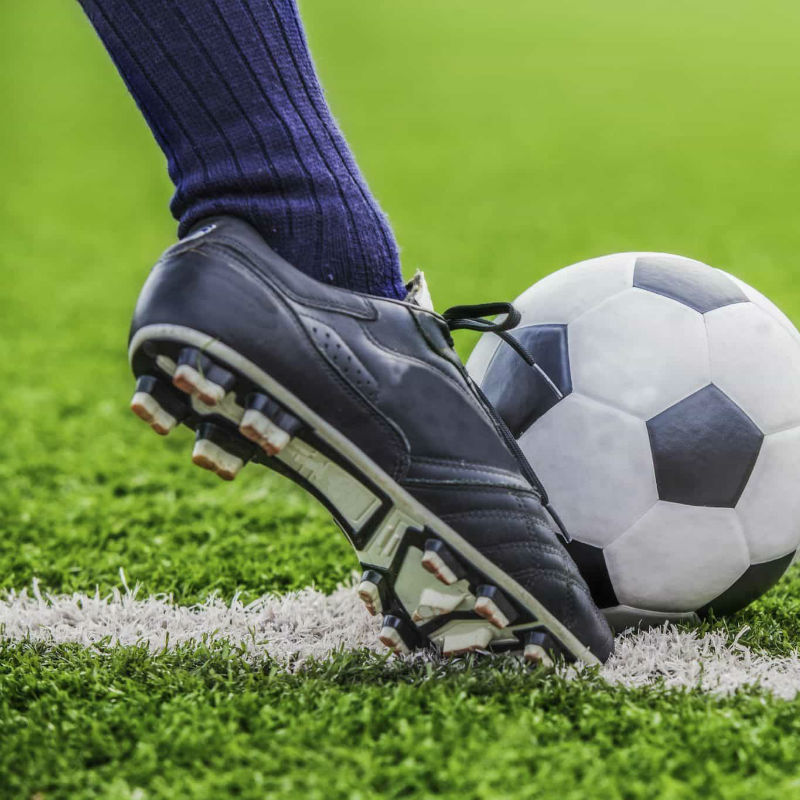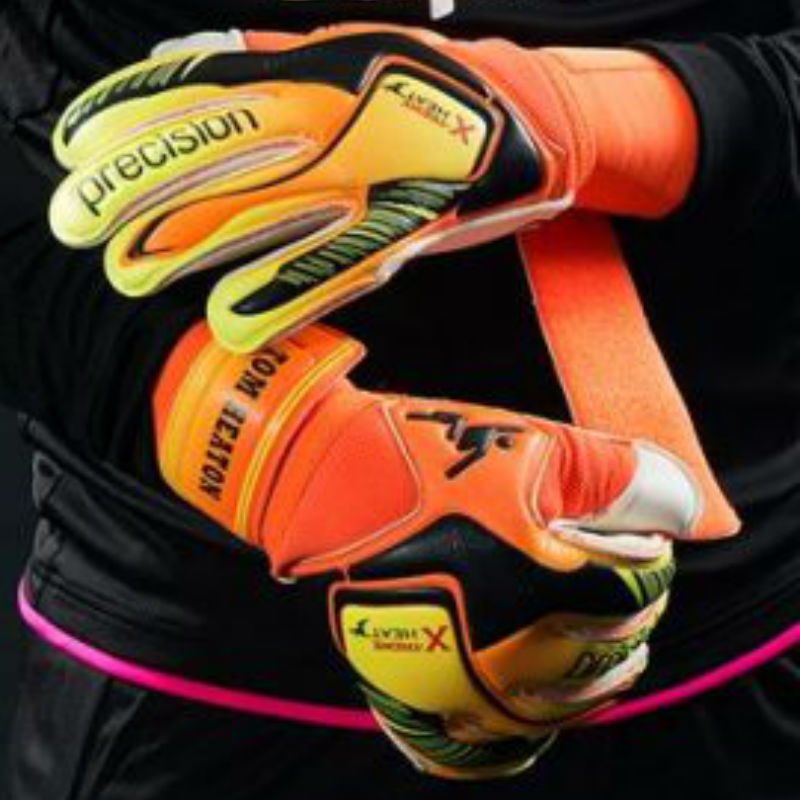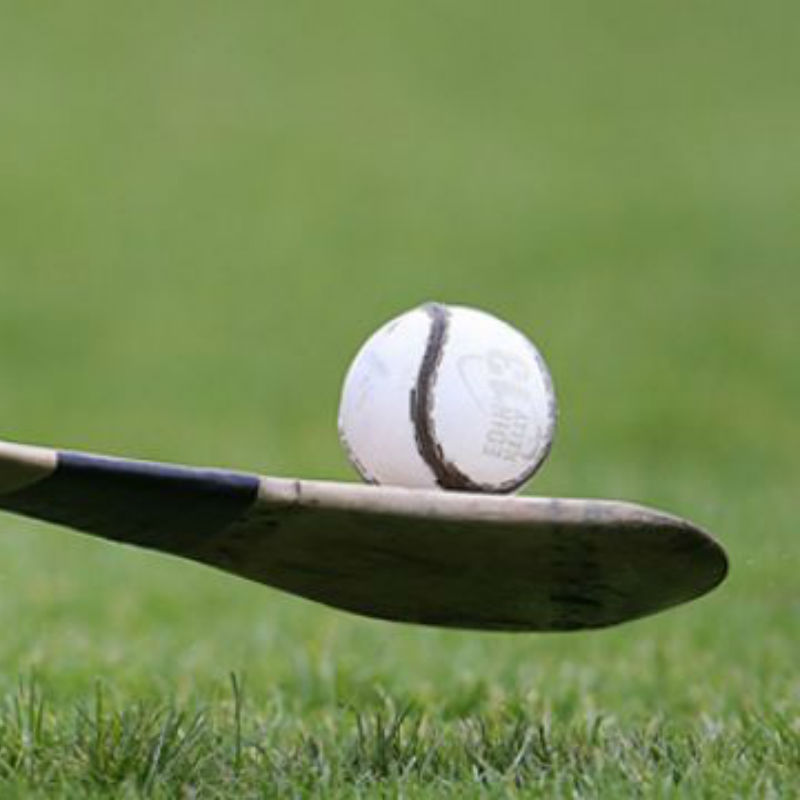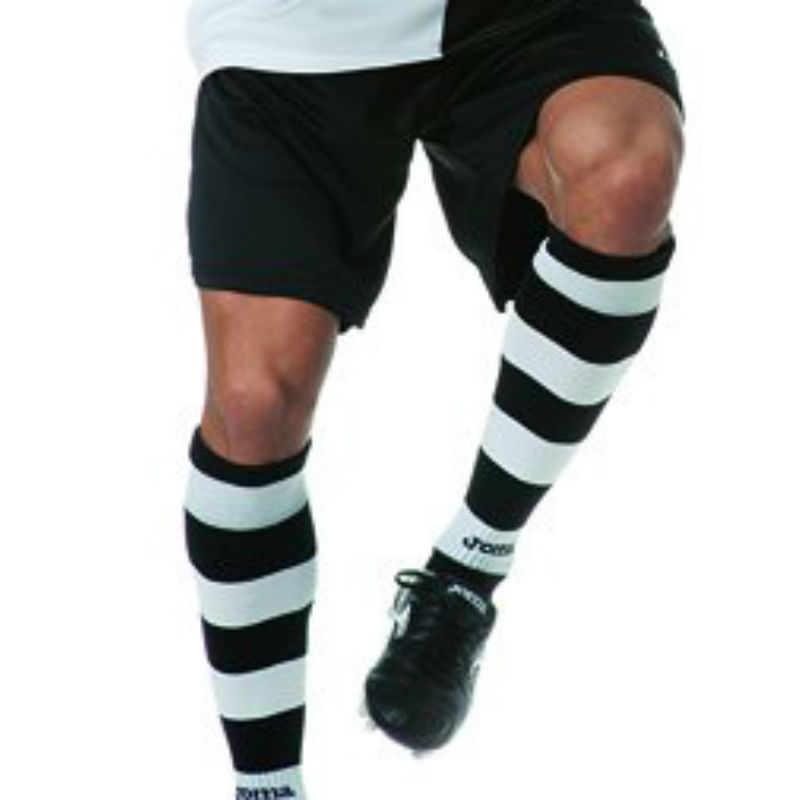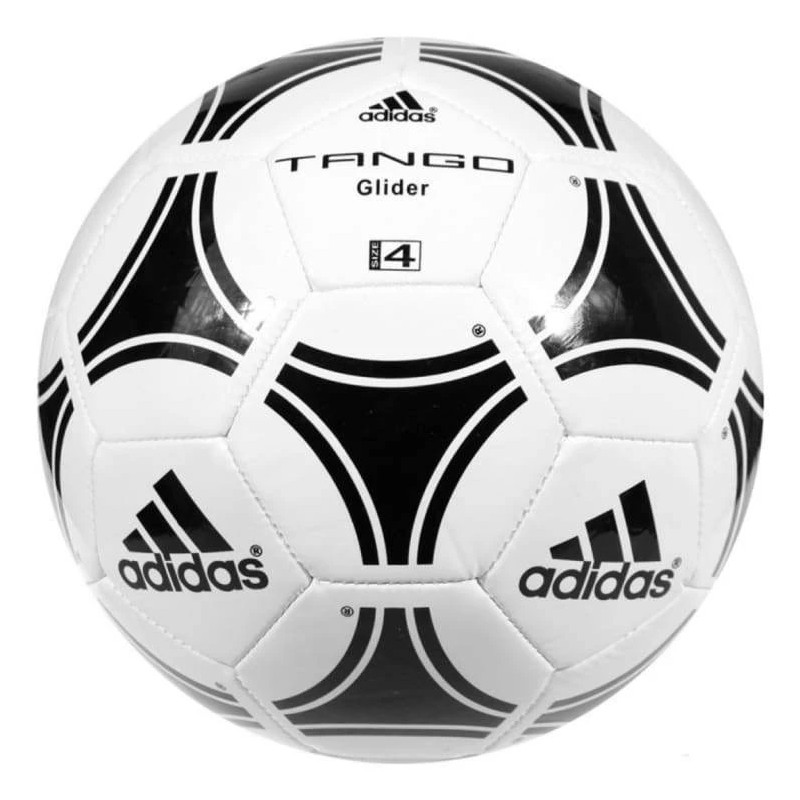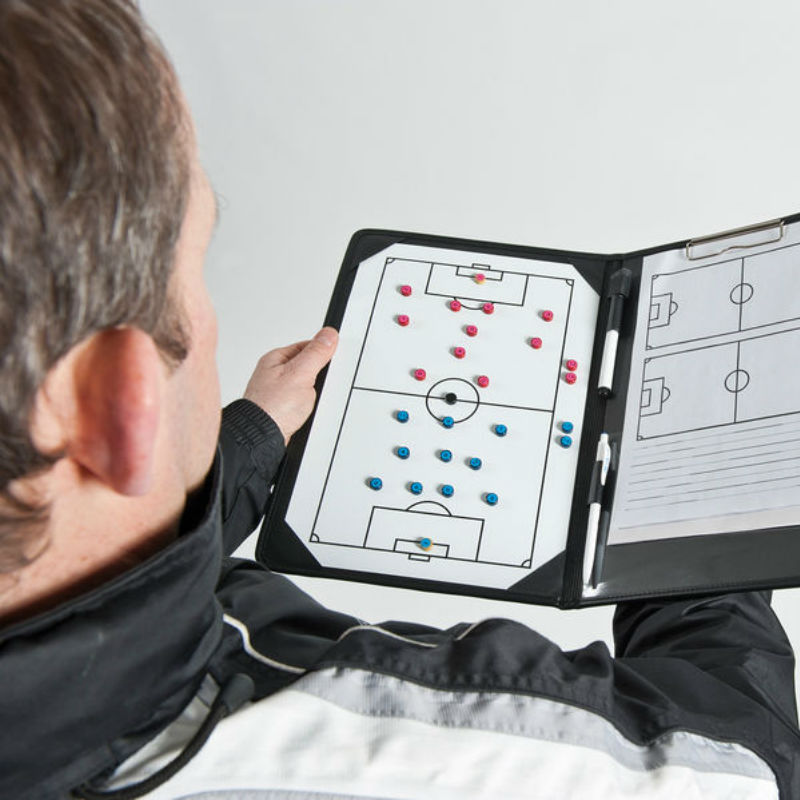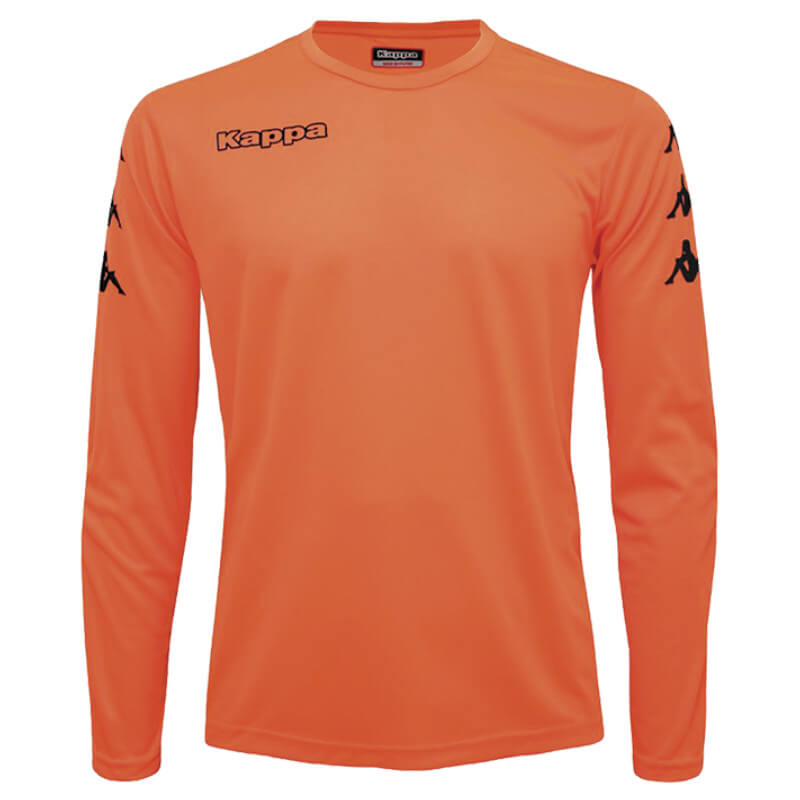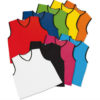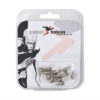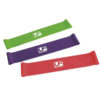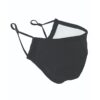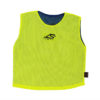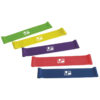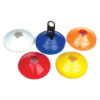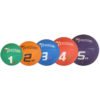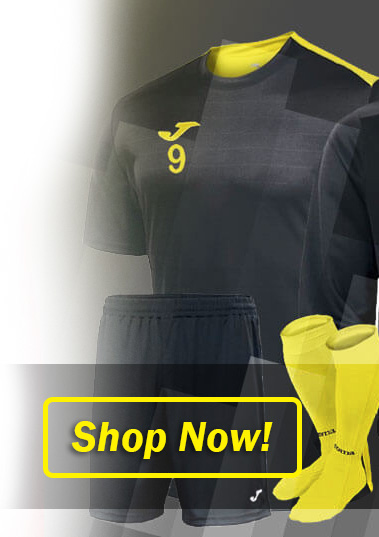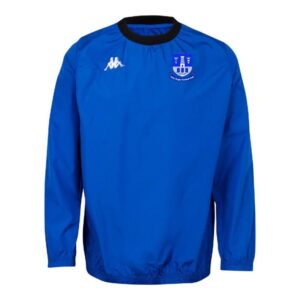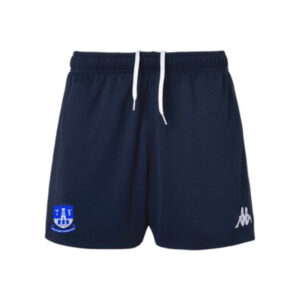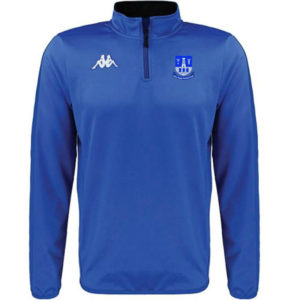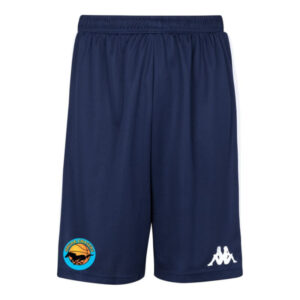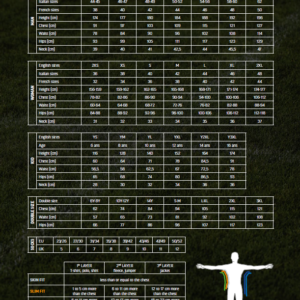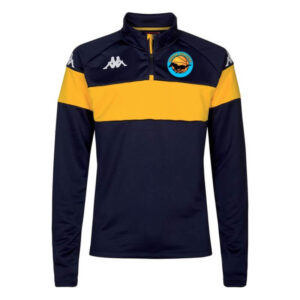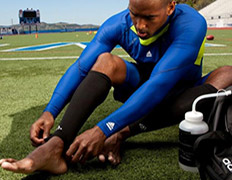No products in the cart.
Football, General Sports Advice, Other Sports, Running
Benefits of Compression Garments
 Compression has long been used in the treatment of a number of circulation and inflammatory disorders such as deep vein thrombosis. In recent years we have seen more and more athletes wearing compression garments during training and while competing. What are the benefits to wearing compression and why have they become so popular ? While the claims of some manufacturers seem excessive there is little doubt that there are many benefits to be gained by wearing compression garments during and after physical exercise
Compression has long been used in the treatment of a number of circulation and inflammatory disorders such as deep vein thrombosis. In recent years we have seen more and more athletes wearing compression garments during training and while competing. What are the benefits to wearing compression and why have they become so popular ? While the claims of some manufacturers seem excessive there is little doubt that there are many benefits to be gained by wearing compression garments during and after physical exercise
It is believed that wearing compression garments during athletic activity stimulates blood circulation to specific muscle groups possibly delaying the onset of muscle fatigue. By hugging the muscles and skin so closely, compression garments also work to resolve muscle vibration . During running, impact causes vibration in muscles. The more vibration there is, the more muscle energy that is expended. By reducing muscle vibration through compression the lactic acid that builds up in fatigued muscles is decreased or delayed allowing the athlete to continue for longer. Good compression garments also have fantastic breathability qualities which help keep the athletes body temperature regulated during athletic activity. By wicking the moisture away from the body compression garments help keep the athlete dry and maintain optimum body temperature of 37 *c for longer.
There is a lot of evidence that suggests wearing compression garments after strenuous physical exercise can actually improve muscle recovery. Wearing compression garments after physical activity speeds up the turnaround of metabolic waste and improve the recirculation of blood lactate. This has the effect of reducing exercise induced muscle damage and soreness. It has been reported that Munster Rugby players are actually fined if they do not wear their compression garments after matches to aid recovery.
The most effective compression garments are the ones that cover the extremities such as legs and arms where the benefits of increased blood circulation are felt most. Products such as compression socks, calf tights, shorts, and full tights are most beneficial.
Compression clothing is by its nature designed to be tight, you should definitely try before you buy as loose compression clothing will not work. Most compression clothing manufactures will have a comprehensible sizing chart available. Generally speaking, the clothing should feel tight while still allowing a full range of movement and should not cut into the skin or pinch the skin at any point of contact. If you are between sizes opt for the smaller size as long as it is comfortable.
Finally, be conscious that there is a difference between compression and a baselayer. There are many baselayer products out there that are tight and will keep you warm but they will not provide any compression benefits at all, so if you want to experience the benefits of compression garments make sure you ask for compression.




